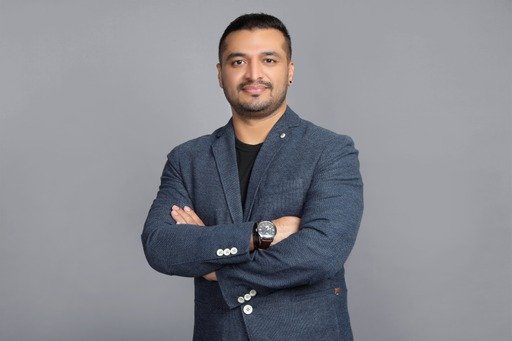By: Layal Hassi, Media Planning and Buying Lead, du Telecom

The “post-pandemic world” has probably become one of the highest used terms in our industry today. This is notably going to be as well one of the longest terminologies to stay.
When the COVID-19 pandemic triggered all these changes in behaviors, not just in the Middle East, but worldwide; stay-at home orders and canceled social plans became a big hit. Consumers turned to online media streaming to fill the gap. The intense online media consumption is resetting consumer expectations and reshaping the content consumption experience.
The consumer analysis demonstrates that this is not just a mere phase, but more of a complete change in how our industry in the Middle East is now shaped and will continue to be shaped for the coming years.
It’s been a hectic unpredictable 18 months, however in the Middle East in specific, the atmosphere remains optimistic, since the region is going through a powered-up strengthened phase.
There is an ongoing sense that the region is on the edge of a massive transformative change as businesses and brands navigate through the adaptations, be it from a comms perspective, economic or political. Today, more than ever is communication and PR under the particular spotlight, since brands had to adapt to an extremely fast-moving ever changing environment.
The Middle East in particular, is on the verge of a serious growth due to big events such as the World Cup, Expo and the 50th anniversary of the UAE. These enormous events in the region will help define the development and economic diversification in the Gulf, meaning communicators will have to be agile enough to adapt to quickly enough to this massive jump.
Keeping the above in mind, we ought not to forget the shift in consumer behavior that will continue to have a lasting effect on comms in general.
Lets begin with Heavy TV and the increase in video consumption: Well what can I say? Content has become king during the pandemic, not just for consumers, but even brands shifted towards a heavy content driven approach, repackaging how content is created and served to the customers. Lego today is one of the most desired and favored brands, providing entertainment for the whole family with their “Together we are stronger” campaign, whilst Cadbury tapped into the lockdown experience by playing on the increase in appetite factor due to lockdown.
Gaming on mobile and PCs is by far the fastest growing sector, not just globally but regionally within the media and entertainment industry as per data from PWC. Although these sectors were predicted to be growing naturally, the pandemic has surely accelerated that, than many were prepared to witness. Today, regionally, gaming is growing at a pace (+15% UAE +10% KSA) that is almost surpassing Pay-TV subscriptions in revenue. Even though the number of gaming hours was reduced after the lockdown ended, the time spent on gaming post lockdown are still at an average of 1.4 hours daily compared to the time pre-pandemic whilst the duration is slightly higher, at 1,5 hours in Saudi Arabia.
When it comes to shopping behaviors in particular, 36% of the shoppers in the Middle East still appreciate the experience of shopping at physical retail stores due to the immediacy and availability of products, while nearly half of all respondents are preferring the experience of shopping online and 47% prefer an equal mix of buying products online and in-store.
Increased digital adoption, change in mobility patterns and increased awareness in health have all become part of the transformative change in behavior
As the media industry navigates through COVID-19, the question remains if we will ever go back to where we were pre-pandemic or are we just getting started to what seems to be a completely new world of Comms?
This is the greatest period of upheaval, and having the right data to understand if your ad will command consumer attention has never been more critical. The increasing rate of media consumption during the pandemic has been game changing for marketers. Now is the time to focus on high-value customer data and understand their new shopping habits, especially as brands have started acknowledging shifting consumer behaviors and are turning them into actionable insights to drive meaningful engagement.





